Successful leadership is not about being tough or soft, sensitive or assertive, but about a set of attributes. First and foremost is character. — Warren Bennis
Ask any group of people whom they trust and the two most common answers will be “parents” and “siblings.” Ask them why and they will talk about longevity, familiarity and shared experiences. Rarely will the answer to the first question be a coworker or a boss.
What makes families unique? Each has its own culture. But if the family culture is corrupt, so are the offspring. The same applies to organizations, regardless of their size, industry or composition.
Someone recently asked me if there were any “quick fixes” for low-trust organizations. My answer was simply “Diseases can’t be cured with Band Aids.” Trust takes time and it is built in incremental steps.
If you lead an organization and want to build trust into its DNA, it all begins (and ends) with you.
Start with an assessment of yourself:
- Are you trustworthy?
- Do you have integrity, character and values?
- Do you share those values with your family?
- Do you instill them in your children?
- Do you take your personal values to work?
Perform an organizational trust audit:
- Have you built trust into your organizational culture with the support of your Board?
- Is it reflected in your statement of values and credo?
- How do you practice it?
- How well do you communicate it?
- Can it outlive you?
Consider your internal stakeholders:
- Do you discuss trust daily?
- Do you encourage feedback?
- Do you share a consistent vision?
- Do you model openness and vulnerability?
- Do you use transparent decision-making?
- Do you ask for input?
- Do you have long-term trust-building goals and execute them well, one by one?
- Do you share every “Wow” moment in your organization?
- Do you communicate, communicate, communicate?
Consider your external stakeholders:
- Have you shared your vision and values in building a trustworthy organization?
- Have you identified the outcome(s) you are seeking?
- Have you defined your intentions for each of our stakeholder groups?
- Have you made promises that you will keep?
- Have you determined the steps you will take to fulfill these promises?
Remember, the fish rots from the head. Every problem in an organization, including low trust, can be traced back to its leadership.
Barbara Brooks Kimmel is the Executive Director of Trust Across America-Trust Around the World whose mission is to help organizations build trust. She is also the editor of the award winning TRUST INC. book series. In 2012 Barbara was named “One of 25 Women Changing the World” by Good Business International.
Nominations are now being accepted for Trust Across America-Trust Around the World’s 5th annual Global Top Thought Leaders in Trustworthy Business.
Coming Soon!
Should you wish to communicate directly with Barbara, drop her a note at Barbara@trustacrossamerica.com
Copyright © 2014, Next Decade, Inc.
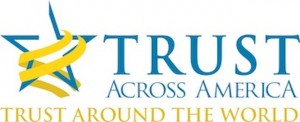
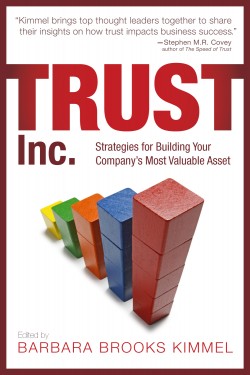
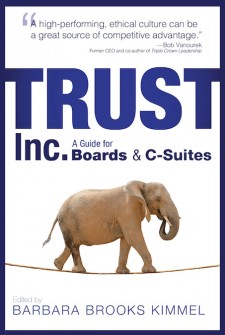

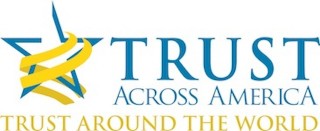
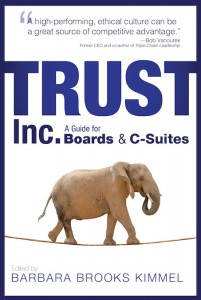

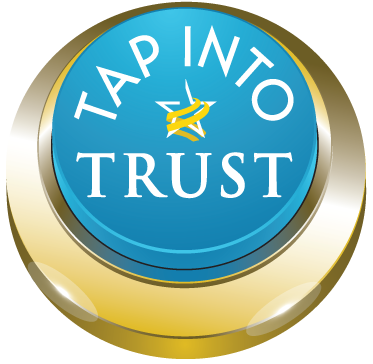
Recent Comments